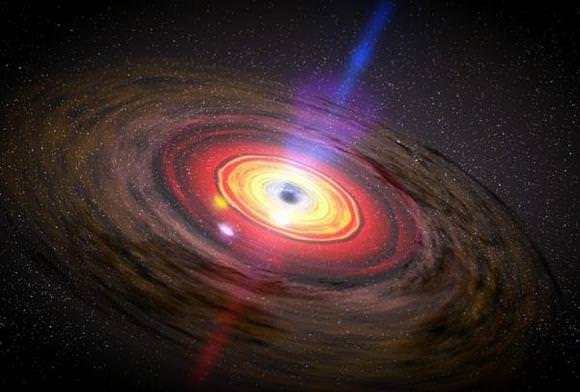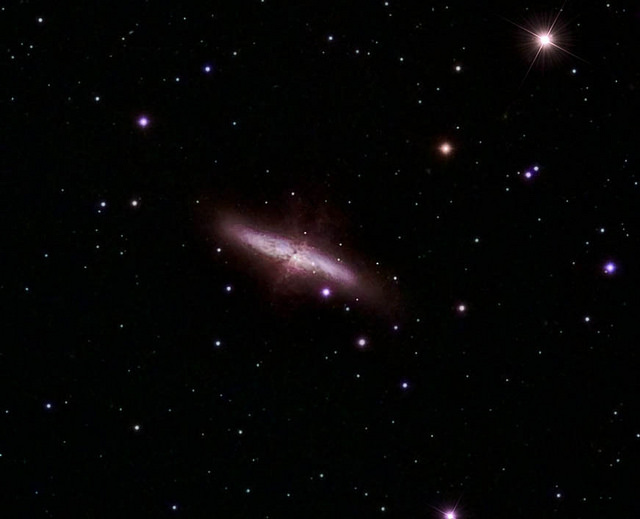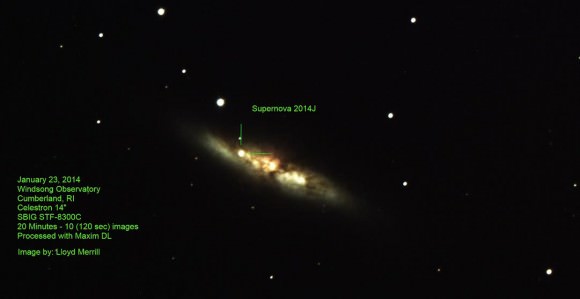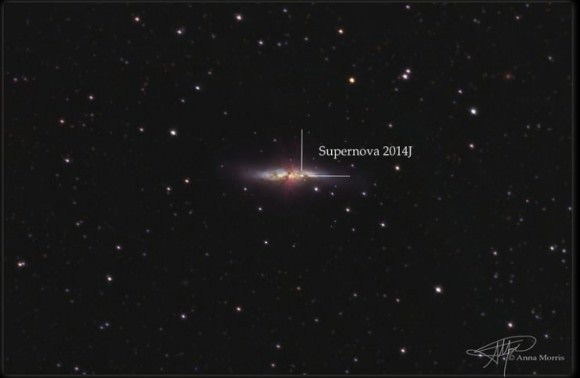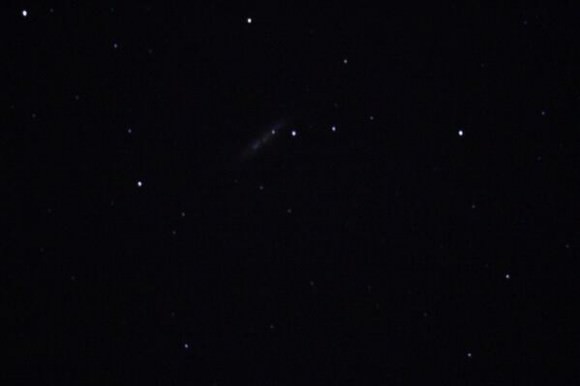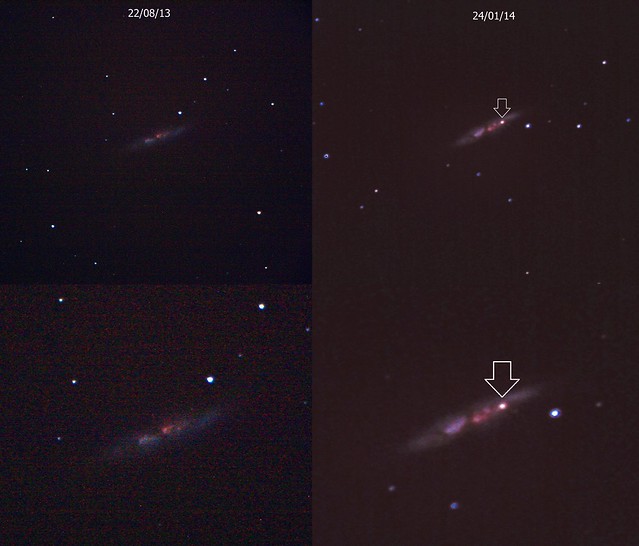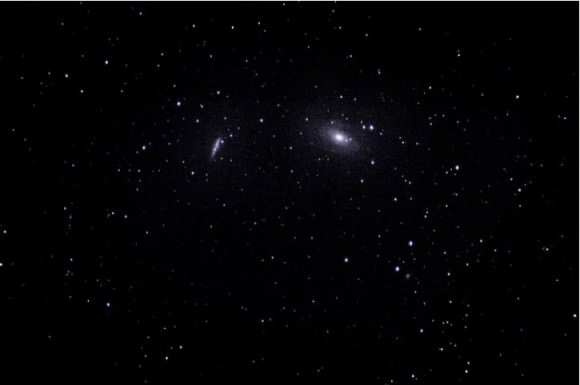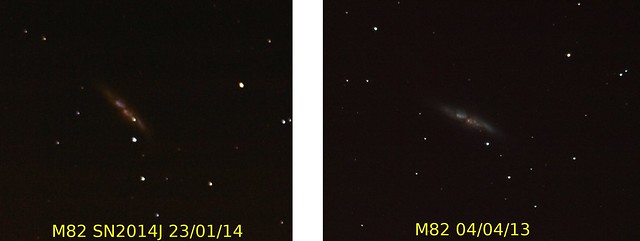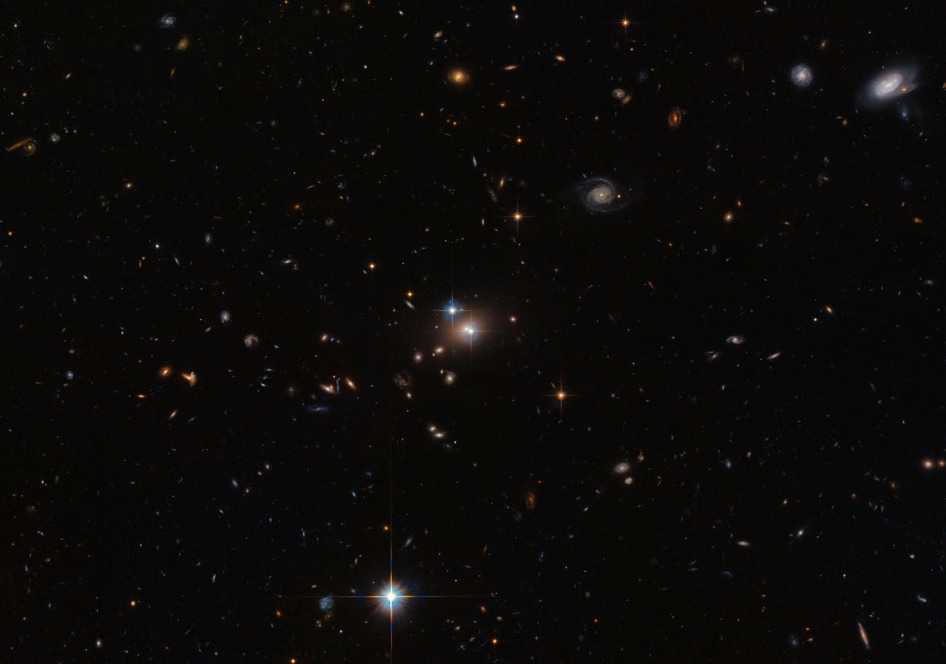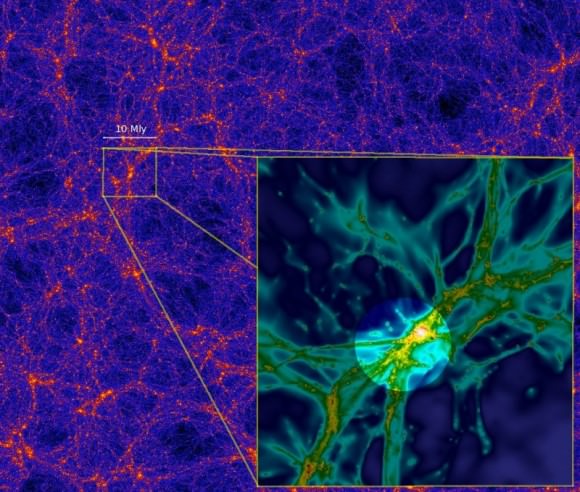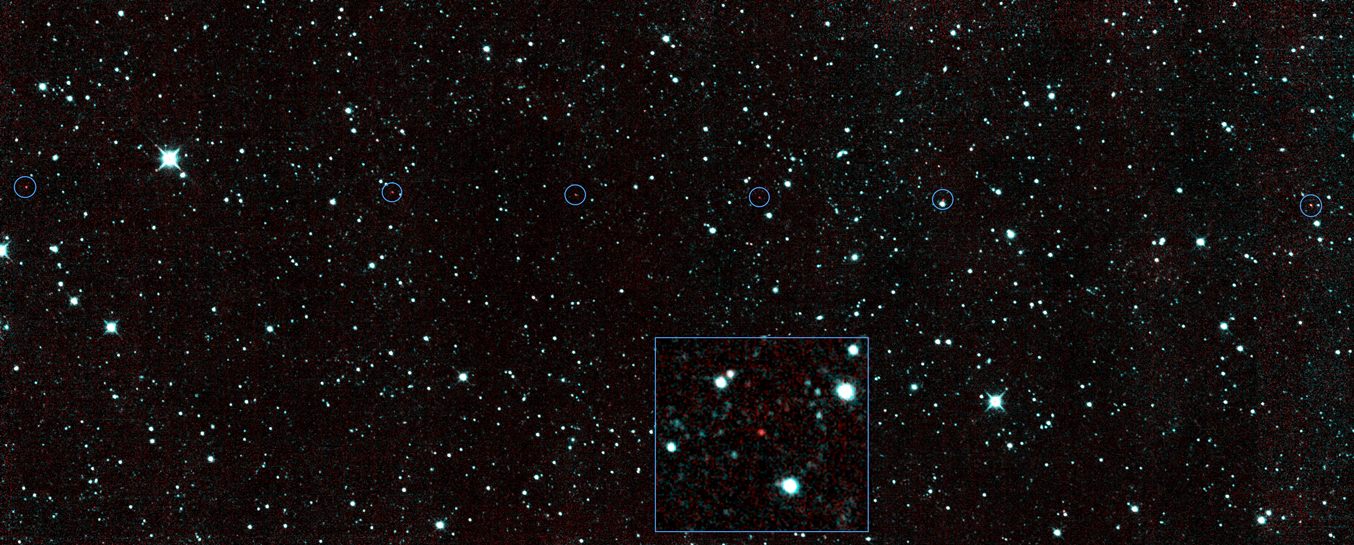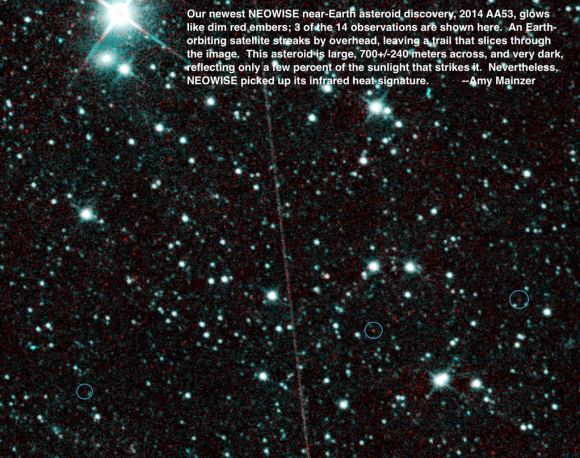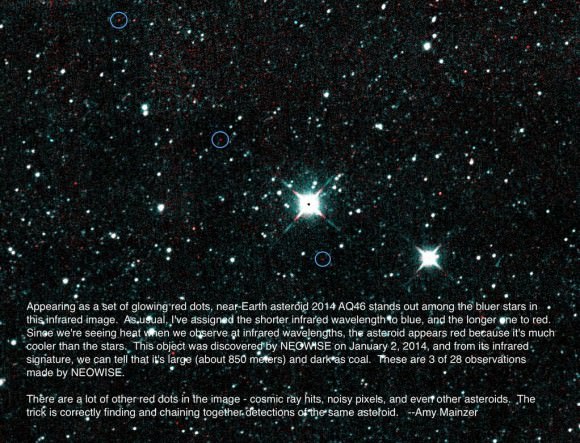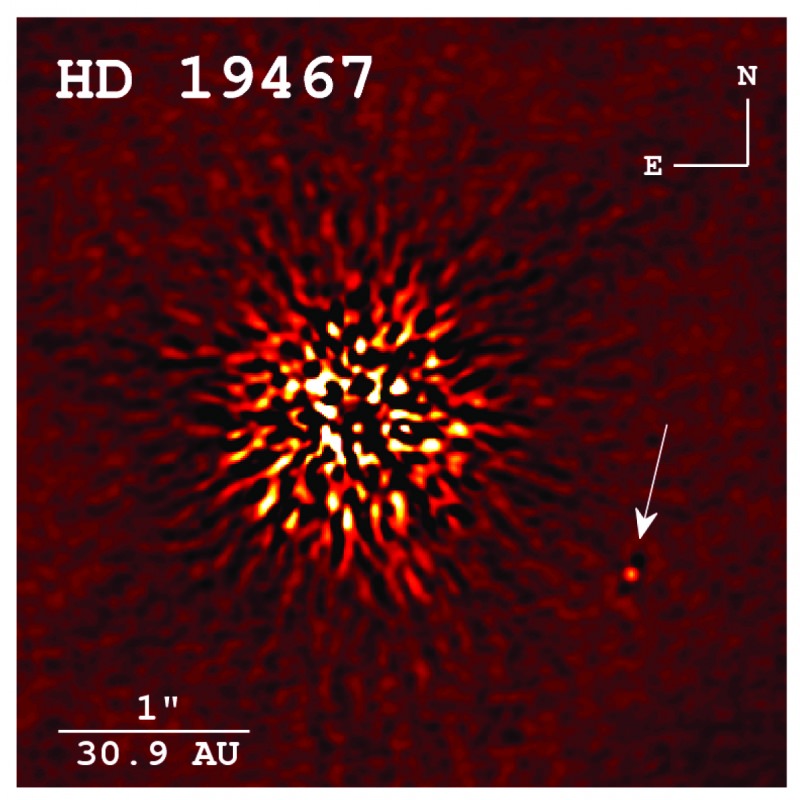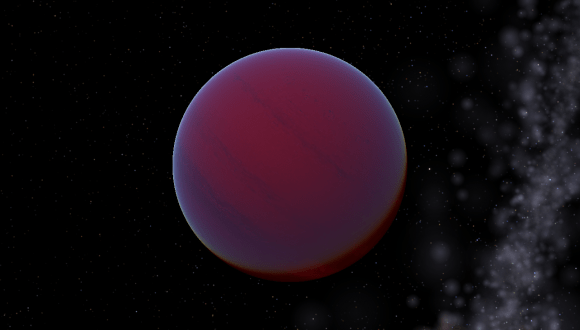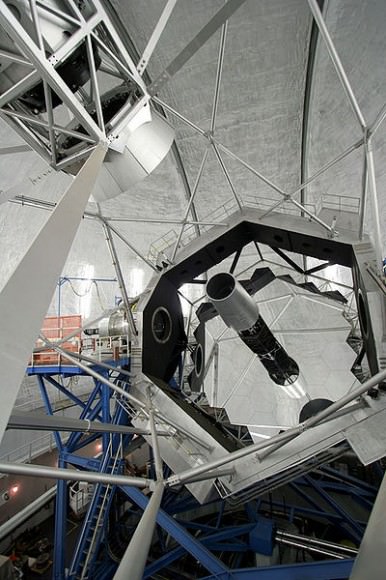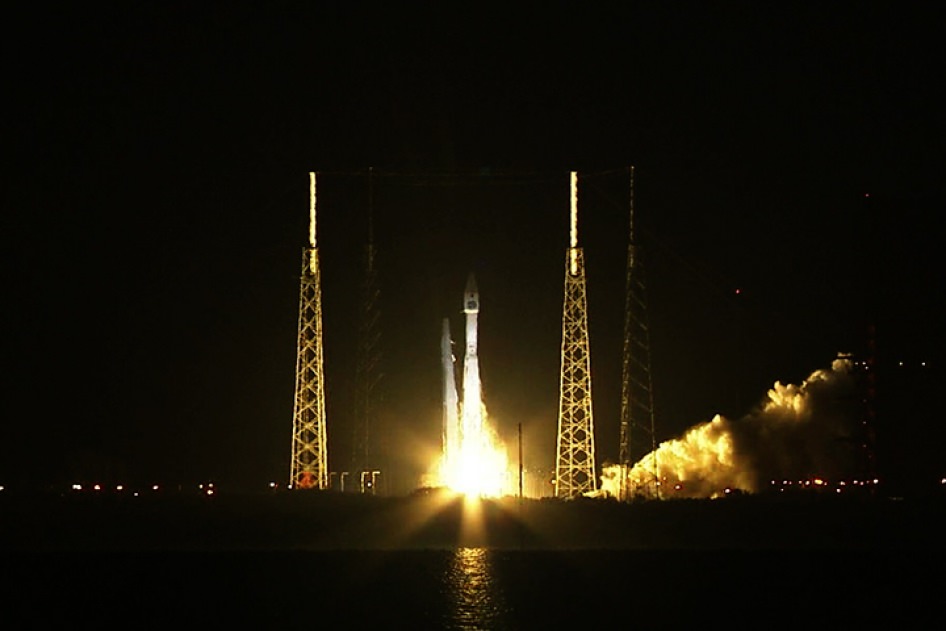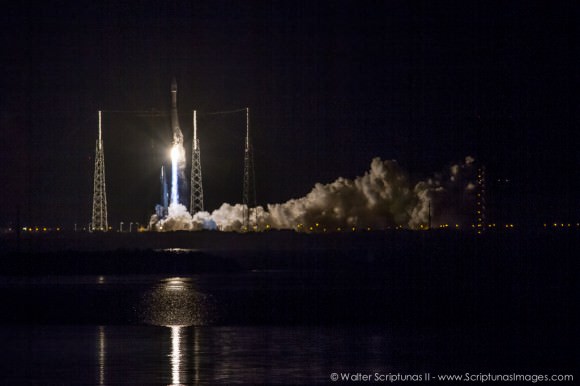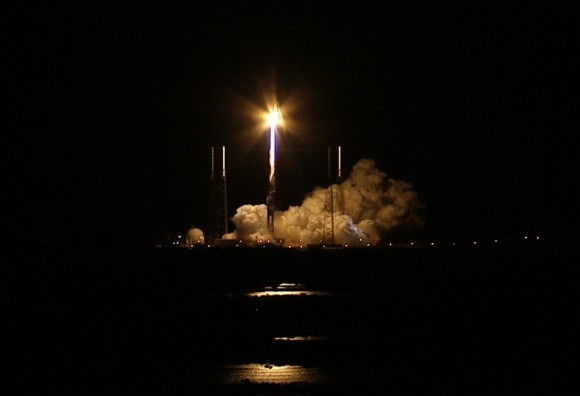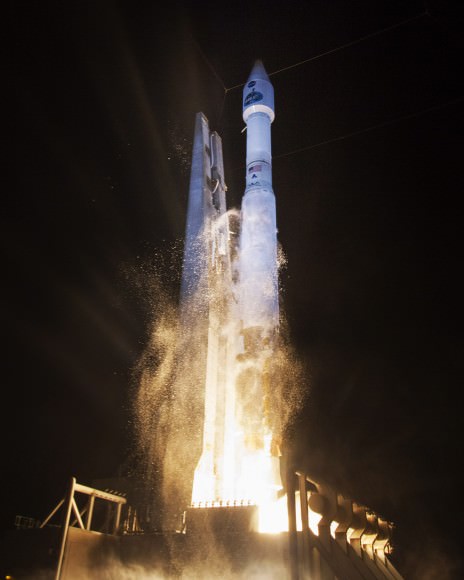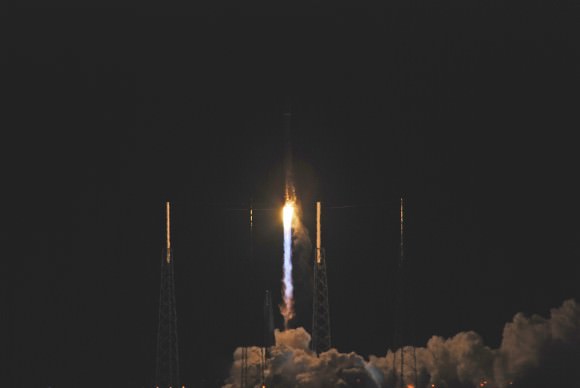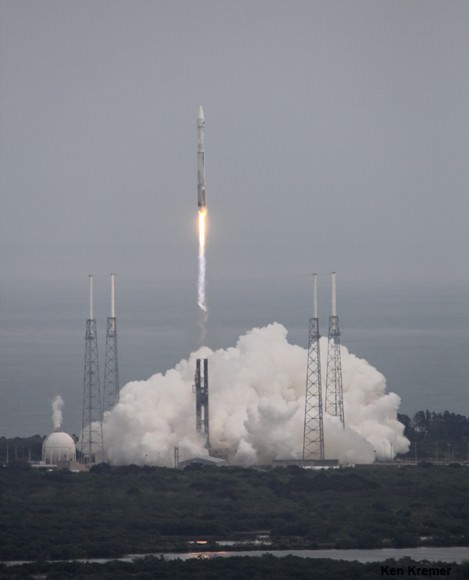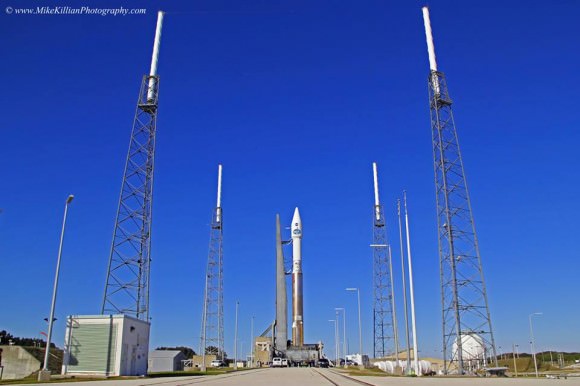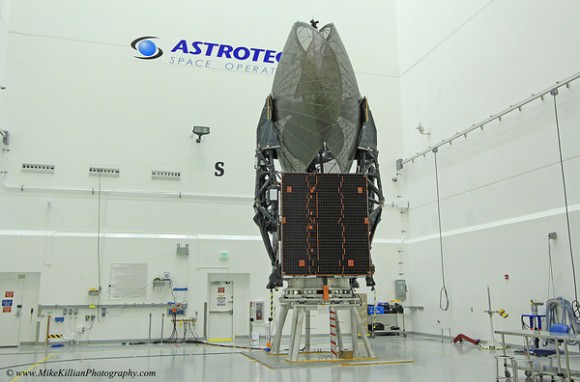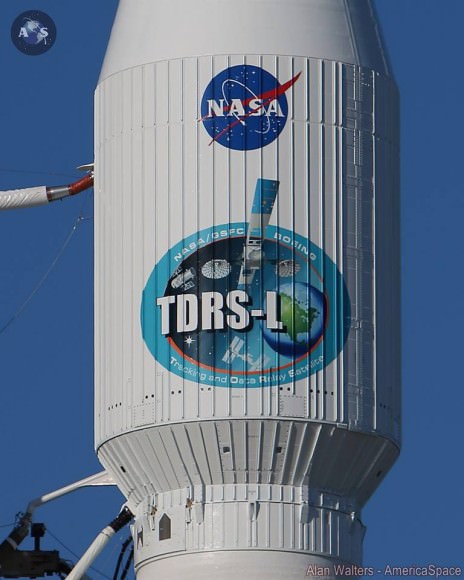Nature News has announced that there are no black holes. This claim is made by none other than Stephen Hawking, so does this mean black holes are no more? It depends on whether Hawking’s new idea is right, and on what you mean be a black hole. The claim is based on a new paper by Hawking that argues the event horizon of a black hole doesn’t exist.
The event horizon of a black hole is basically the point of no return when approaching a black hole. In Einstein’s theory of general relativity, the event horizon is where space and time are so warped by gravity that you can never escape. Cross the event horizon and you can only move inward, never outward. The problem with a one-way event horizon is that it leads to what is known as the information paradox.
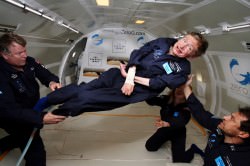
The information paradox has its origin in thermodynamics, specifically the second law of thermodynamics. In its simplest form it can be summarized as “heat flows from hot objects to cold objects”. But the law is more useful when it is expressed in terms of entropy. In this way it is stated as “the entropy of a system can never decrease.” Many people interpret entropy as the level of disorder in a system, or the unusable part of a system. That would mean things must always become less useful over time. But entropy is really about the level of information you need to describe a system. An ordered system (say, marbles evenly spaced in a grid) is easy to describe because the objects have simple relations to each other. On the other hand, a disordered system (marbles randomly scattered) take more information to describe, because there isn’t a simple pattern to them. So when the second law says that entropy can never decrease, it is say that the physical information of a system cannot decrease. In other words, information cannot be destroyed.
The problem with event horizons is that you could toss an object (with a great deal of entropy) into a black hole, and the entropy would simply go away. In other words, the entropy of the universe would get smaller, which would violate the second law of thermodynamics. Of course this doesn’t take into account quantum effects, specifically what is known as Hawking radiation, which Stephen Hawking first proposed in 1974.
The original idea of Hawking radiation stems from the uncertainty principle in quantum theory. In quantum theory there are limits to what can be known about an object. For example, you cannot know an object’s exact energy. Because of this uncertainty, the energy of a system can fluctuate spontaneously, so long as its average remains constant. What Hawking demonstrated is that near the event horizon of a black hole pairs of particles can appear, where one particle becomes trapped within the event horizon (reducing the black holes mass slightly) while the other can escape as radiation (carrying away a bit of the black hole’s energy).
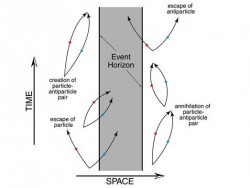
Because these quantum particles appear in pairs, they are “entangled” (connected in a quantum way). This doesn’t matter much, unless you want Hawking radiation to radiate the information contained within the black hole. In Hawking’s original formulation, the particles appeared randomly, so the radiation emanating from the black hole was purely random. Thus Hawking radiation would not allow you to recover any trapped information.
To allow Hawking radiation to carry information out of the black hole, the entangled connection between particle pairs must be broken at the event horizon, so that the escaping particle can instead be entangled with the information-carrying matter within the black hole. This breaking of the original entanglement would make the escaping particles appear as an intense “firewall” at the surface of the event horizon. This would mean that anything falling toward the black hole wouldn’t make it into the black hole. Instead it would be vaporized by Hawking radiation when it reached the event horizon. It would seem then that either the physical information of an object is lost when it falls into a black hole (information paradox) or objects are vaporized before entering a black hole (firewall paradox).
In this new paper, Hawking proposes a different approach. He argues that rather than instead of gravity warping space and time into an event horizon, the quantum fluctuations of Hawking radiation create a layer turbulence in that region. So instead of a sharp event horizon, a black hole would have an apparent horizon that looks like an event horizon, but allows information to leak out. Hawking argues that the turbulence would be so great that the information leaving a black hole would be so scrambled that it is effectively irrecoverable.
If Stephen Hawking is right, then it could solve the information/firewall paradox that has plagued theoretical physics. Black holes would still exist in the astrophysics sense (the one in the center of our galaxy isn’t going anywhere) but they would lack event horizons. It should be stressed that Hawking’s paper hasn’t been peer reviewed, and it is a bit lacking on details. It is more of a presentation of an idea rather than a detailed solution to the paradox. Further research will be needed to determine if this idea is the solution we’ve been looking for.

